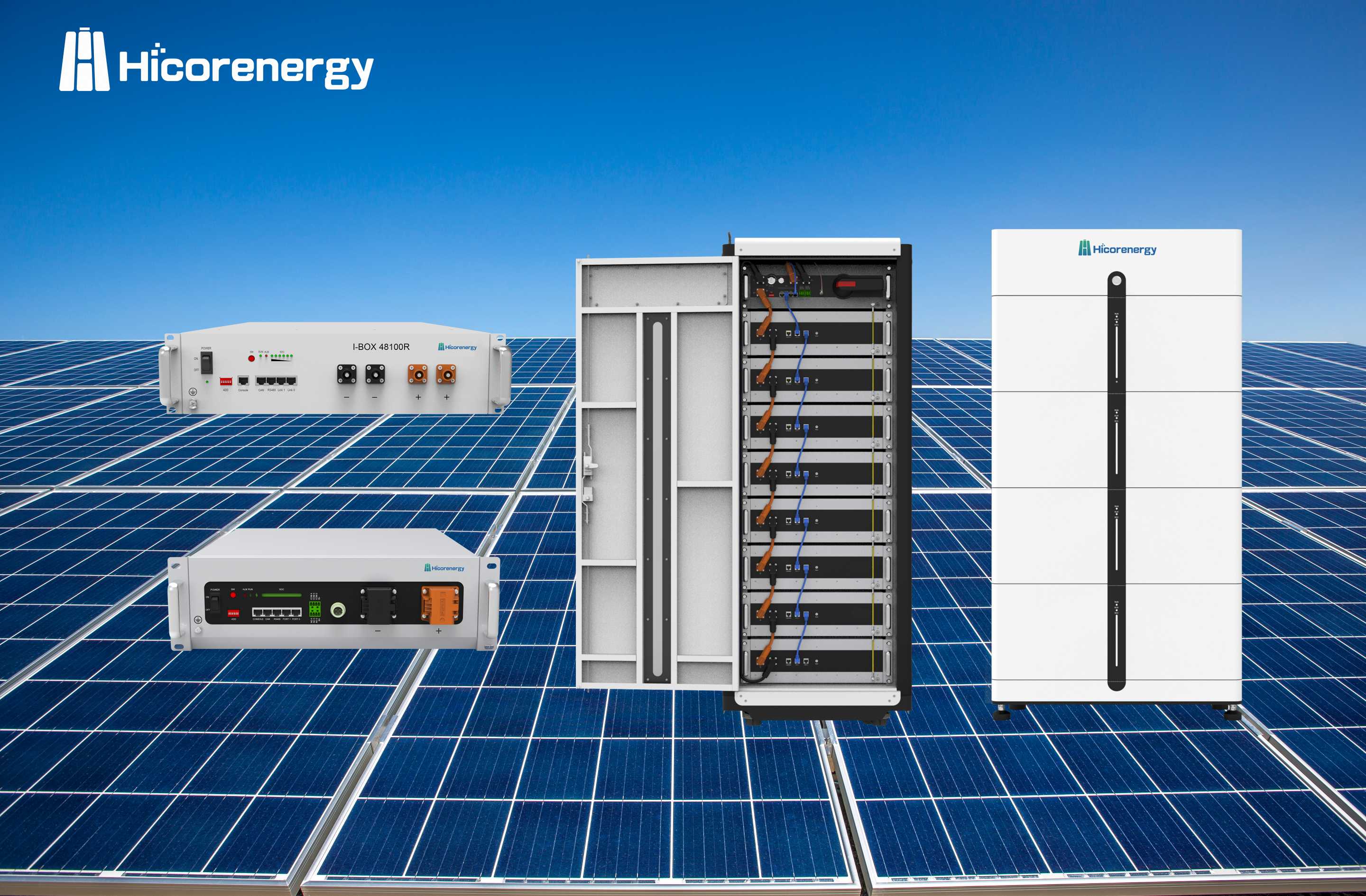 Navigating the World of Modern Energy Storage
Navigating the World of Modern Energy Storage
The rapid evolution of lithium battery technology has revolutionized how we power our lives, from portable electronics to entire homes. However, as this technology becomes more integral to our daily energy consumption, the market has become saturated with options, making it difficult for consumers to make informed choices. Understanding the key differences between the various components and market players is crucial for selecting a system that is not only effective but also safe and reliable. This involves comparing everything from the companies behind the products to the technical specifications that define their performance.
Understanding the Source: Manufacturers vs. Brands
A common point of confusion for many lies in the distinction between lithium battery manufacturers and the myriad of lithium battery brands available on the market. A manufacturer is a company that designs, engineers, and produces the actual battery cells and core components. They are the foundation of the industry, investing heavily in research and development to push the boundaries of energy density and safety. In contrast, some brands may simply source components from various manufacturers and assemble them under their own name. While this can result in more choice, it can also lead to inconsistencies in quality and performance. A vertically integrated company like Hicorenergy, which designs and builds its own cohesive systems, offers a stark contrast. By controlling the entire process, from the modular battery design to the final integrated unit, they ensure that every component is optimized to work together, providing a level of reliability that is hard to match by brands that simply assemble disparate parts.
Technical Harmony: The Critical Link Between Voltage and Chargers
Delving into the technical aspects, the specifications of a lithium battery system are not just numbers on a sheet; they are critical indicators of performance and compatibility. For instance, lithium battery voltage can vary significantly depending on the intended application, from the low voltage of a smartphone pack to the high voltage required for a residential energy storage tower. This is where the choice of a lithium battery charger becomes paramount. Using a charger that is not perfectly matched to the battery's specific voltage and chemistry is not only inefficient but can also be dangerous, potentially leading to reduced battery life or even system failure. This contrasts with integrated solutions, such as the advanced energy storage systems offered by Hicorenergy. These systems are engineered with perfectly paired chargers and inverters, eliminating the risks of incompatibility. The result is a seamless, plug-and-play experience that guarantees both optimal performance and long-term safety for the user.
Decoding Market Dynamics and Future-Proofing Your Investment
To make a truly smart investment, one must also look at the broader lithium battery market trends. In the past, the market was largely driven by the demand for smaller, portable batteries for consumer electronics. Today, the landscape is shifting dramatically towards large-scale applications, including electric vehicles and, increasingly, residential and commercial energy storage. This trend reflects a global move towards sustainability and energy independence. When comparing options, it's important to contrast companies focused on legacy applications with those innovating for the future. Forward-thinking providers are developing modular, scalable systems that integrate seamlessly with renewable energy sources like solar and wind. Hicorenergy's stackable battery towers are a prime example of this forward-looking approach, offering a flexible and sophisticated solution designed to meet the evolving energy needs of modern homes and businesses, ensuring your investment remains relevant and valuable for years to come.







